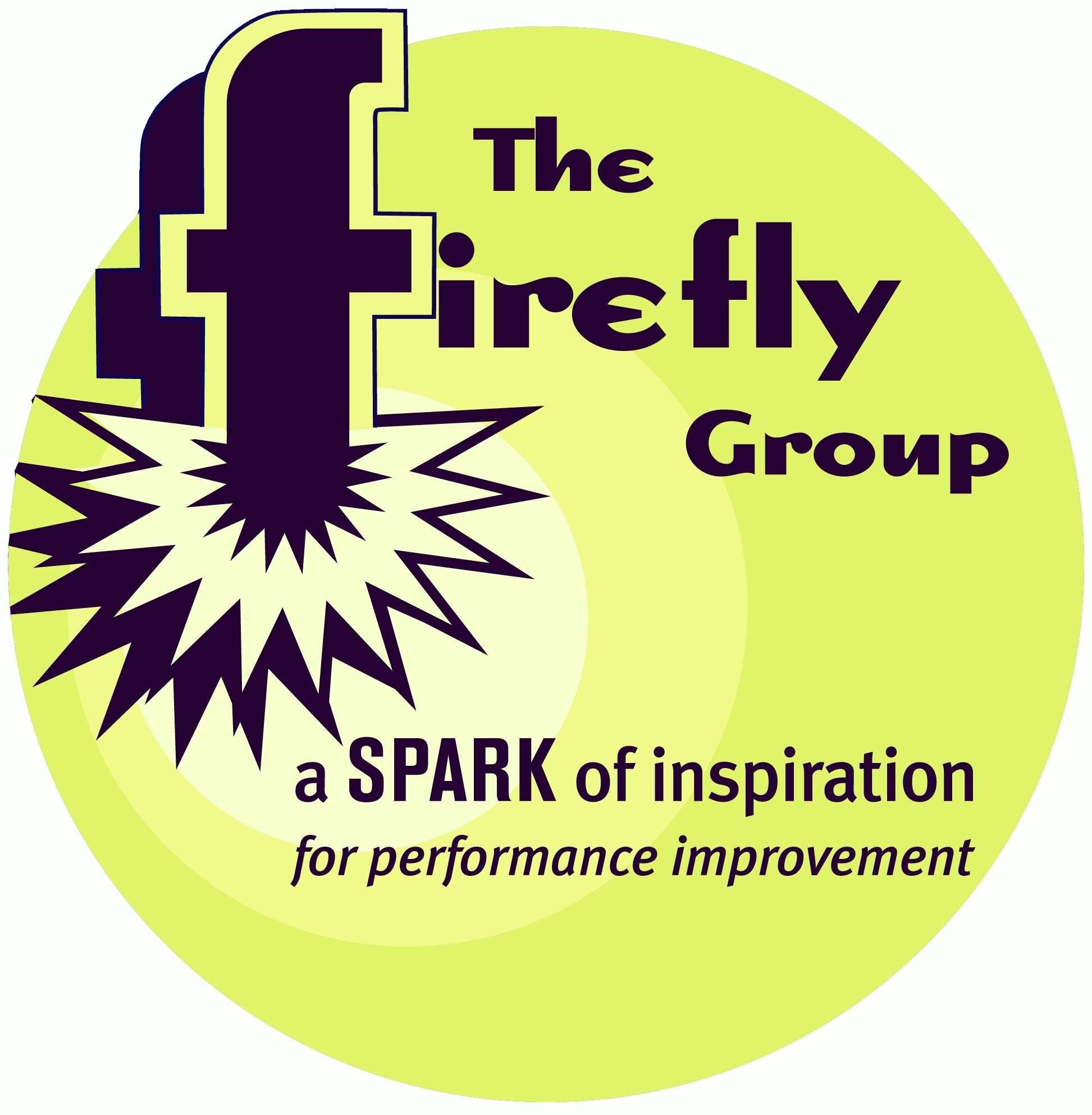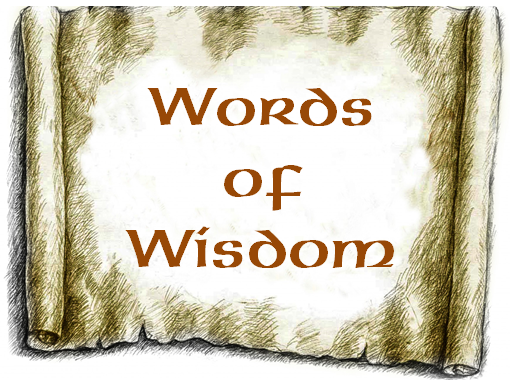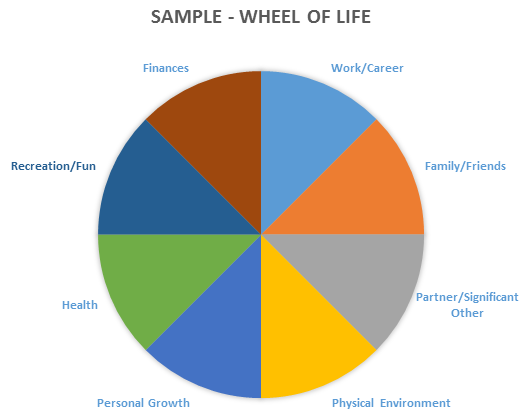

What's New

Words of Wisdom
52
cards and 15 activities to spark conversations and make sense of learning.
Learn more HERE.
What We Do
The Firefly Group helps people make sense of what they learn and experience.
Whether facilitating a group for better decision-making, keynoting a conference, leading a training, or writing an instructional design, we use novel methods that engage, spark creativity, and produce memorable results.
 If
this sounds like a good direction for your organization, let's talk about
how we might collaborate! Please give me a call (802.257.7247) or send an
. - Brian
If
this sounds like a good direction for your organization, let's talk about
how we might collaborate! Please give me a call (802.257.7247) or send an
. - Brian
 Your ETR (Estimated Time to Read): 10 minutes Your ETII (Estimated Time to Implement Ideas): 5 weeks |
February 2015
Readers Respond:
Reading the [January 2015] newsletter, I am reminded that we have to treat the Earth as a single unit, not the countries that we arbitrarily defined. That we see the smog is from China is no real distinction. It is just too bad that each of us is killing The Commons that we share. That biology stuff you shared is excellent. And great examples. I saw a Ricky Gervais comedy show where he did a schetch on Noah's Arc, basically making the point that everything on the arc was food for something else on the arc. Funny! Have fun out there and keep up the good work. -- Scott Simmerman, "The Square Wheels Guy"
|
Say
It Quick |
Discoveries bits of serendipity to inspire and motivate |
Ideas fuel for your own continuous learning |
Activities tips and tricks you can try today |
| Wheels in Motion | Balance? Yes and No! | Using the Wheel of Life |
Kate Lampel
Link, (The CoachingLink)
Guest Author
Kate has over 25 years experience in providing instructional design, training,
and facilitation to professionals, primarily in the fields of education, health,
and organizational development. Kate is an internal coach for the Alliance
for a Healthier Generation, a Clinton Foundation initiative. She has trained
extensively with the Coaches Training Institute and is a student of their
leadership program in Spain. In addition to designing and delivering skills-based
learning events, Kate has a business and life coaching practice.
In this issue of the Firefly News Flash, Kate shares one of her favorite tools for coaching and training, The Wheel of Life. Kate begins with her own 99-Word Story, shares a Discovery and Ideas, then ends with several suggestions for action in our Activities section.
To learn more about Kate and her work, contact her directly at www.thecoachinglink.com or klinkhealth(at)yahoo.com
Wheels in Motion
John considered different areas of his life.He thought about his health, being overweight, and about his job, questioning the impact he was having. Then John smiled saying, "My family is really great." He plotted these parts of his life, and others, on a pie chart.
John's life coach asked him, "If this was a wheel on your car, how would the ride be?" John realized it would be bumpy and exclaimed, "It's time to smooth out the ride!"
The coach asked, "If the wheel was fully inflated, what would your life be like?"
"Wheely balanced!"
Balance? Yes and No!
What does it mean to be in balance? A typical image is a balance scale with a beam and two opposing pans. Weight added to or subtracted from one, automatically affects the height of the other.
Does balance in our lives occur in the same way? If we add something to one area in our lives, is there an immediate impact on other areas? Many would argue "yes." If we add more to our work life, in order to stay in balance we would need to remove something from the more personal side of our life. We only have so much time in a day and limited energy and resources to expend. Do you agree?
Is balance a preferred state of being - and is it even achievable? Our lives are in a constant state of motion. We are continually managing internal and external demands or interests. In Co-Active Coaching (Third Edition), by Henry and Karen Kimsey-House and Phillip Sandahl, the authors state "Balance should not be confused with reaching ultimate equilibrium. There is no static point in life; life is inherently dynamic. We are constantly balancing." These internationally recognized coaches, and trailblazers for the profession, recommend looking at whether one is moving toward or away from balance rather than focus on balance, itself, as a goal. "Ultimately, balance is about making choices: saying yes to some things and no to others."
|
For another perspective on wheels, balance, and creating a life that runs smoothly, see the September 2009 Firefly News Flash "Reinventing the Wheel." |
Have you ever fired off "just one quick" email to a colleague late at night from your couch - or your bed? "Work-life balance" has become a familiar phrase as lines between work and non-work blur. Certified and credentialed coaches are being hired by individuals and businesses to address myriad questions of creating work-life balance. A coach supports your agenda and holds you accountable for actions you identify, such as saying "yes" to what you want more of and saying "no" to some things in order to make room.
To garner the truest assessment, balance must be calculated over time. We can look for trends and detect patterns. With regular check-ins, we can test actions and recalibrate more quickly. Whether or not you work with a coach, the Wheel of Life is a useful and simple tool to use. Keep reading this issue of the Firefly News Flash to learn more.
What does balance look like in your life? What areas contribute to the larger picture of your overall state of balance? Remember, balance is an individual interpretation; what one person considers balance might feel like inertia to another. It's all up to you and whatever you decide for yourself is perfect!
Wheels Roll Along
The Wheel of Life, a popular coaching tool, is a self-assessment that offers an in-the-moment snapshot of one's satisfaction in different life segments, usually eight. In addition to reflecting on each area, the larger picture also emerges. A question that innately arises is "what overall degree of satisfaction am I experiencing."
Typical categories for the segments of the Wheel include:
To be most effective, the segments of the Wheel have to be meaningful to the person using the tool. For example, "spirituality" might resonate with some people and less with others. The same can be said for "personal growth," or any of the other categories. Some people like to break the category of health out into different areas such as fitness, nutrition and quality of sleep, thereby taking up three different segments. One could be even more specific and create a Wheel of Health with eight different facets focused only on one's wellbeing.
 Even
when working with a broad audience all using the same segment titles, every
wheel is still individualized. The interpretation and ratings are dependent
on the person completing the tool. For example a "six" to one person may have
different significance to another person.
Even
when working with a broad audience all using the same segment titles, every
wheel is still individualized. The interpretation and ratings are dependent
on the person completing the tool. For example a "six" to one person may have
different significance to another person.
For an individual, there is also an element of variability. The ratings in different segments have diverse qualities. For example, physical environment qualities may include comfort, ascetic appeal, and access to things that are important to the individual. A "six" in physical environment is based on these traits, while a "six" in career may be based on meaningful work, relationship with colleagues, flexibility and prospects for growth. In examining the qualities in a particular segment, possibilities emerge for creating unique Wheels made up of those qualities, such as the suggestion above for a Wheel of Health.
For further customization, leave some of the segments of the Wheel blank. Or provide a fully blank Wheel and invite individuals to create the categories that make the most sense for their life.
Since any version of the Wheel is a snapshot of the moment, using one version of the tool repeatedly over time can help people to track trends, progress, or shifts. Really, life keeps rolling along and the Wheel can help mark the journey.
Using the Wheel of Life
The Wheel can be used as part of a personal self-assessment or as the foundation for a "coaching" conversation.
1. Individuals score themselves on the satisfaction they feel in each segment of the Wheel with the center indicating low satisfaction (a zero) and the perimeter indicating full satisfaction (a 10 or 100%). Individuals can shade in their degree of satisfaction, draw a line through the segment, or place a dot identifying the score.
2. When the Wheel is complete, it's time for questions, such as:
- What surprises you?
- What would a ride on a bicycle feel like if the tires were shaped like the Wheel?
- If an area is a "5," (or less), what would a "7" be like? What would be different?
- What would a ten or 100% satisfaction look like in [select any area not at its maximum]?
- What's a small change you could make to improve a rating?
- What would you have to give up to make room for something you want?
- If all the areas were at their maximum, what would your life be like? [NOTE - complete satisfaction does not mean "pedal to the medal" - all out pressure.]
3. After going through these kinds of questions, it's time to do some life planning, starting with one small step: Identify an action step to take and by when. Find someone who will hold you - or whoever is completing the Wheel - accountable to this plan.
4. Revisit the Wheel, or the segment being worked on, and determine if there is forward movement. If not, reconsider the qualities desired. Consider what needs to be let go of in order to make space for what is truly desired.
5. Accountability is crucial. In addition to - or instead of - a life or business coach, friends or colleagues can serve as "Wheelmen," helping tasks agreed upon get accomplished or exploring the obstacles and hesitancies that get in the way of action.
Other Ways to Use the Wheel:
Trainers:
1. Use a wheel as an evaluation tool. Learners could rate their levels of:
- Satisfaction regarding different elements of a training
- Knowledge related to specific content
- Confidence in applying different skills
2. Have learners create their own wheels based on their expectations of the training (e.g., interactivity, gaining useful skills, learning specific content).
3. Learn more about your participants by asking them to create wheels with topics that are important to them.
Managers:
1. Use a Work Wheel for personal evaluation.
2. Customize a Wheel for a performance review.
3. Create a special Wheel to review progress on a project or change initiative.
|
Whether you need a keynote speaker, or help with strategic planning, performance improvement, or training facilitators and trainers in your organization, I look forward to your call (802.257.7247) or . -- Brian |
Read previous
issues. Click Library!
To add or delete your name to our mailing list, email
with a short note in the subject line.
I want this newsletter to be practical, succinct, and thoughtful. If you have suggestions about how I can meet these criteria, please let me know! Send me an with your thoughts and ideas.
Home
| Services
| Products
| Mission
| Ideas |
The Group
| The Buzz
(c)
2015 The Firefly Group